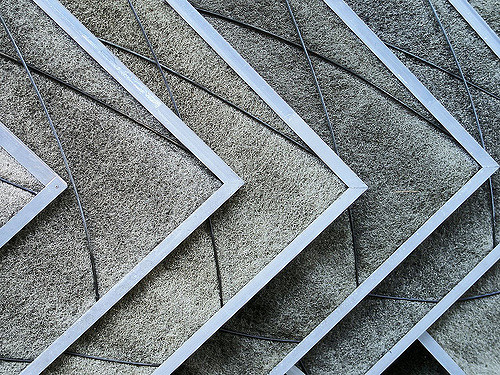As you start spring cleaning, now is also a great time to schedule routine HVAC maintenance. With the change of seasons, you may find yourself turning off the heat and switching over to your cooling system. You might also open your windows for a week or two, enjoying the warmer air temperatures before the pine pollen descends upon us here in North Carolina!
Either way, now is the time to clean out any dust buildup within your house, vents, and ducts so you can have fresh and high-quality air inside your home.
Indoor Air Quality and Health
Indoor Air Quality (IAQ) refers to the air quality within and around your home and how that relates to the health and comfort of you and your family. Understanding and controlling common pollutants indoors can help reduce your risk of health concerns. Health effects from indoor air pollutants may be experienced soon after exposure or, possibly, years later.

Immediate Effects of Poor Indoor Air Quality
Whether you react to poor indoor quality depends on several things, including age, preexisting medical conditions, and individual sensitivity. Some people feel the impact of air pollutants shortly after a single exposure, while for others, it takes repeated exposures. These immediate effects are usually short-term and treatable, but that doesn’t make them any less irritating!
- irritation of the eyes, nose, and throat
- headaches
- dizziness
- fatigue
For some, symptoms of asthma or other lung problems may be aggravated when switching from heat to A/C in the spring.
Long-Term Effects of Indoor Air Quality
Even if you don’t have these symptoms, your long-term health might be affected by poor air quality, showing up many years later. The long-term effects can be severely debilitating or fatal and include:
- respiratory diseases
- heart disease
- cancer
How to Improve Indoor Air Quality
No one is really sure what concentrations or periods of exposure are necessary to produce specific health problems. One thing is certain: improving and maintaining a high standard of indoor air quality is essential for optimal health. So here’s how you can do that:
- Identify sources of pollution.
In most cases, the best way to improve indoor air quality is to improve ventilation and eliminate individual sources of pollution. To detect odors in your home, step outside for a few minutes, and then upon re-entering your home, observe any odors. Are they identifiable, such as the kitchen trash, or do you potentially have a larger problem such as poor ventilation?
Signs that may indicate your home lacks ventilation:
- Dirty central heating and air cooling equipment.
- Smelly or stuffy air.
- Signs of moisture as condensation, mildew, or mold.
2. Next, it is necessary to clean all the components of your home’s heating and cooling system so that the air passing through your home is as clean as possible.
- Clean Around the Unit – It’s time to clean around the exterior heating or cooling unit. Leaves, overgrown foliage, trash, and other random debris could have made its way around the condenser unit. To prevent any issues, it is best to keep at minimum 2-feet of clearance around the entire device. A clean and clear unit means optimal efficiency, reliability, and indoor air quality.
- Change the Air Filter – Ideally, you’re changing the air filter regularly. However, if you haven’t swapped it out in awhile, the change of seasons is a good reminder. Depending on the type of filters you use, you should replace them every one to three months. A dirty air filter causes your HVAC system to work harder to push air, which draws more energy and could potentially strain your system. And of course, the additional gunk and material stuck to a dirty filter provide a place for moisture to gather. This space encourages the growth of bacteria and mold, which could potentially circulate throughout your house.

3. Finally, clean and seal the ducts. If the inside of your drinking straw were dirty, would you want to drink through it? This is how we think of our home air ducts. If they’re dusty, do we really want to be breathing that air? During our yearly maintenance tune-up, we can let you know if your air ducts need cleaning.
We recommend a professional duct cleaning every few years. We will also let you know if your ducts are air-tight, another factor in improving indoor air quality. In addition to keeping your HVAC and duct system cleaner, professional duct sealing also improves efficiency and lowers energy bills.
Seasonal maintenance by a professional HVAC technician is vital to the performance and longevity of your system. We offer preventative maintenance plans along with indoor air quality evaluations so you can rest assured your family is always breathing healthy, clean air. Call to schedule a seasonal maintenance appointment today.






